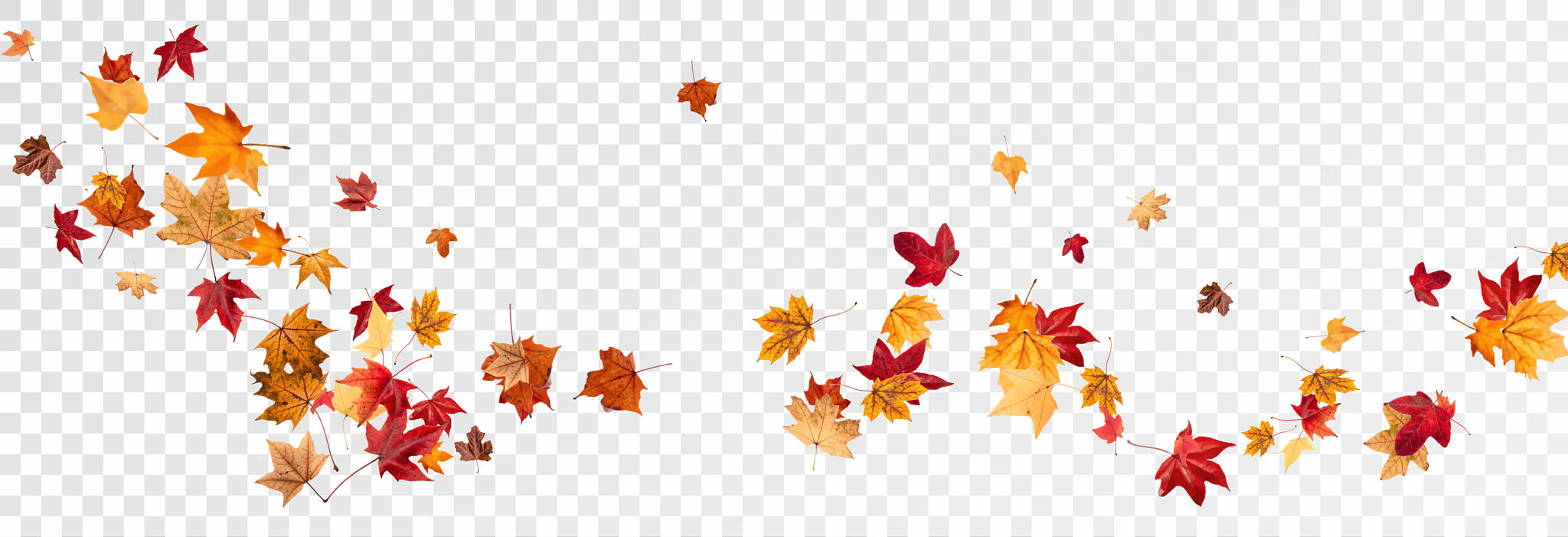Seasonal Landscaping Tips for Lancaster Residents
Preparing Your Lawn for Spring
As the frost begins to thaw, it's time to give your lawn the attention it needs to thrive in the coming months. Start by raking away any debris and thatch that may have accumulated over winter. This helps prevent disease and encourages new growth. Consider aerating your lawn to improve soil health and allow nutrients to reach the roots more effectively.
After cleaning up, apply a pre-emergent herbicide to prevent weed seeds from germinating. This step is crucial as it helps maintain a healthy and lush lawn throughout spring and summer. Don't forget to fertilize with a balanced slow-release fertilizer to give your grass the nutrients it needs.

Summer: Maintaining the Aesthetic
Keeping your landscape vibrant and healthy during the hot Lancaster summer requires smart watering techniques. Water early in the morning or late in the evening to reduce evaporation and ensure that moisture reaches the roots. A deep watering once or twice a week is more effective than frequent shallow watering.
Mulching is another essential task in summer. It helps retain moisture, suppress weeds, and keep plant roots cool. Apply a 2-3 inch layer of organic mulch around trees and flower beds for best results. Remember to monitor your lawn for pests and diseases, and treat them promptly to avoid damage.

Fall: Preparing for Dormancy
As temperatures drop, it's time to prepare your landscape for the winter months. Begin by clearing fallen leaves and debris from your lawn and garden beds. This prevents mold growth and keeps your yard looking tidy. Fall is also an excellent time to plant bulbs for spring blooms, such as tulips and daffodils.
Overseed your lawn during fall to fill in thin areas and promote a dense turf. Apply a high-potassium fertilizer to strengthen grass roots and improve their resilience during winter dormancy. Additionally, prune dead or damaged branches from trees and shrubs to maintain their shape and encourage healthy growth.

Winter: Protecting Your Landscape
Though many plants go dormant in winter, there are still steps you can take to protect your landscape. If possible, continue watering evergreens as needed, especially during dry spells, as they continue to lose moisture through their needles.
Use burlap or protective wraps on vulnerable shrubs and young trees to shield them from harsh winds and freezing temperatures. Avoid using salt-based de-icers near your lawn and garden beds, opting instead for sand or calcium chloride, which are less harmful to plants.
Planning Ahead
Winter is also an ideal time to plan any major landscaping projects for the coming year. Consider what changes you'd like to make, whether it's adding new flower beds, creating a vegetable garden, or installing hardscape features like patios or walkways.

By following these seasonal landscaping tips, Lancaster residents can enjoy a beautiful and thriving landscape year-round. Remember that regular maintenance and timely interventions are key to keeping your outdoor space healthy and attractive in every season.
